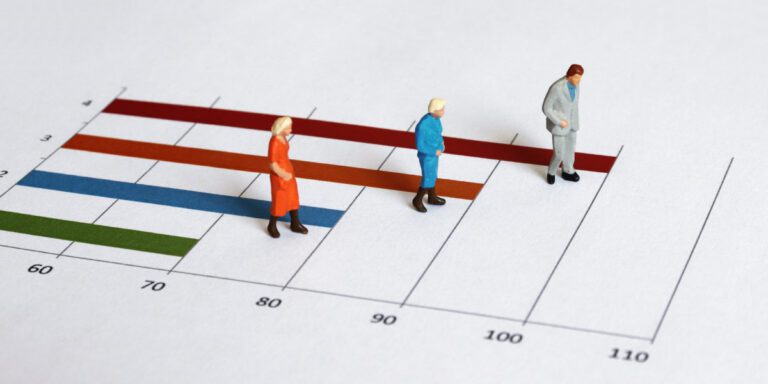For the first time in half a century, India’s life expectancy at birth has experienced a decline, decreasing from 70 years (2016–2020) to 69.8 years (2017–2021). This 0.2-year drop marks a significant demographic shift, primarily attributed to the impact of the COVID-19 pandemic.
Key Highlights
- Overall Decline: Life expectancy at birth fell to 69.8 years in the 2017–2021 period, down from 70 years in 2016–2020.
- Urban vs. Rural: Urban areas saw a more pronounced decline of 0.3 years, while rural areas experienced a 0.1-year decrease.
- Gender Disparity: Females continue to have a higher life expectancy than males by over two years at birth.
- Regional Variations:
- Highest: Kerala for females at 77.9 years; Delhi for males at 73 years.
- Lowest: Chhattisgarh for both genders—66.4 years for females and 62.8 years for males.
Impact of COVID-19
The decline in life expectancy coincides with a significant increase in mortality during the pandemic. Registered deaths rose from 8.1 million in 2020 to 10.2 million in 2021, marking a 26% increase. Approximately 0.6 million of these deaths were directly attributed to COVID-19.
Historical Context
India’s life expectancy has been on a steady rise since the 1970s, improving from around 49.7 years to 70 years by 2016–2020. This recent decline interrupts a five-decade trend of continuous improvement.
Conclusion
The first decline in India’s life expectancy in 50 years underscores the profound impact of the COVID-19 pandemic on the nation’s health metrics. This development highlights the need for strengthened healthcare infrastructure and pandemic preparedness to safeguard public health and continue progress in life expectancy improvements.LinkedIn



